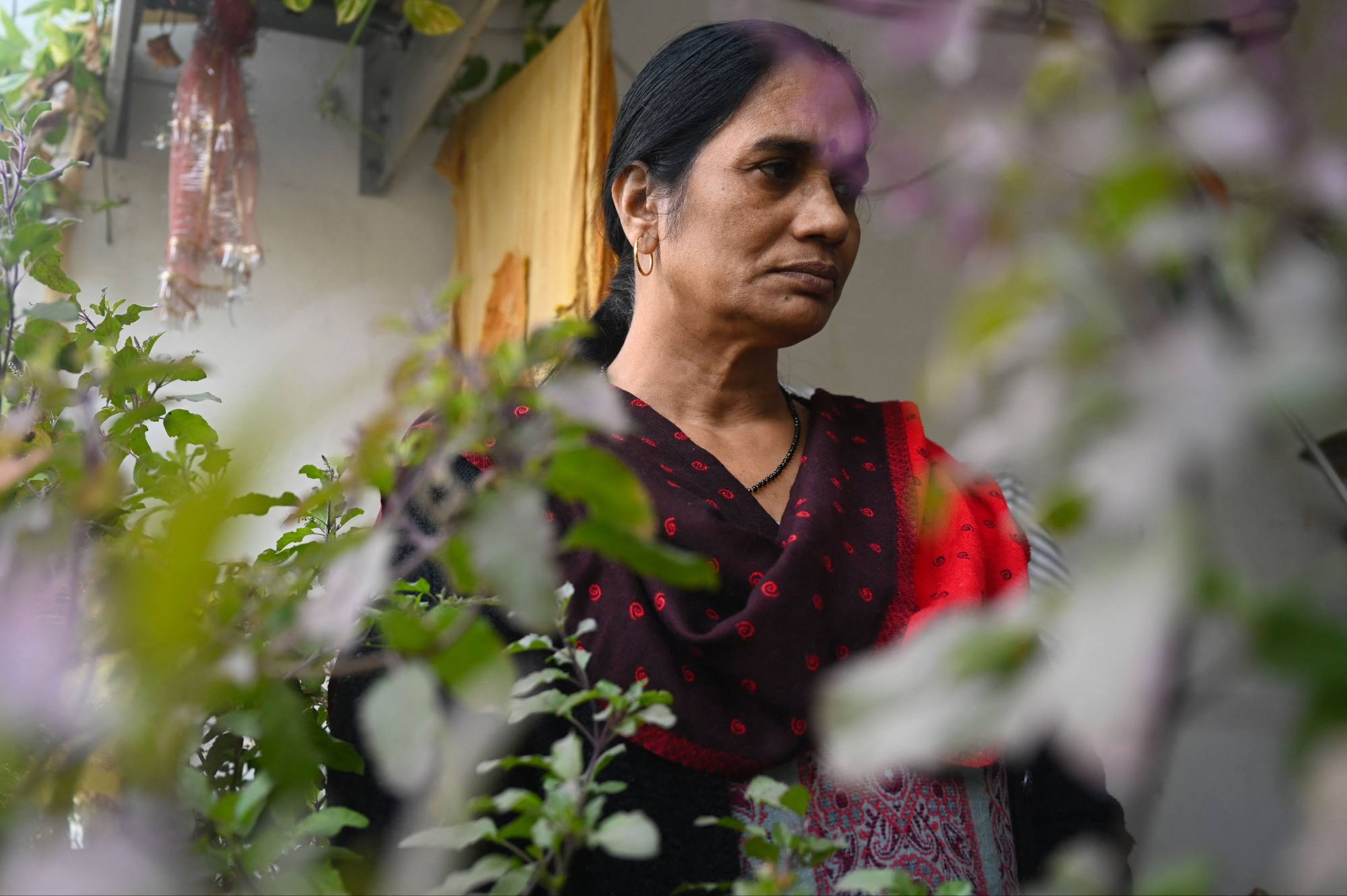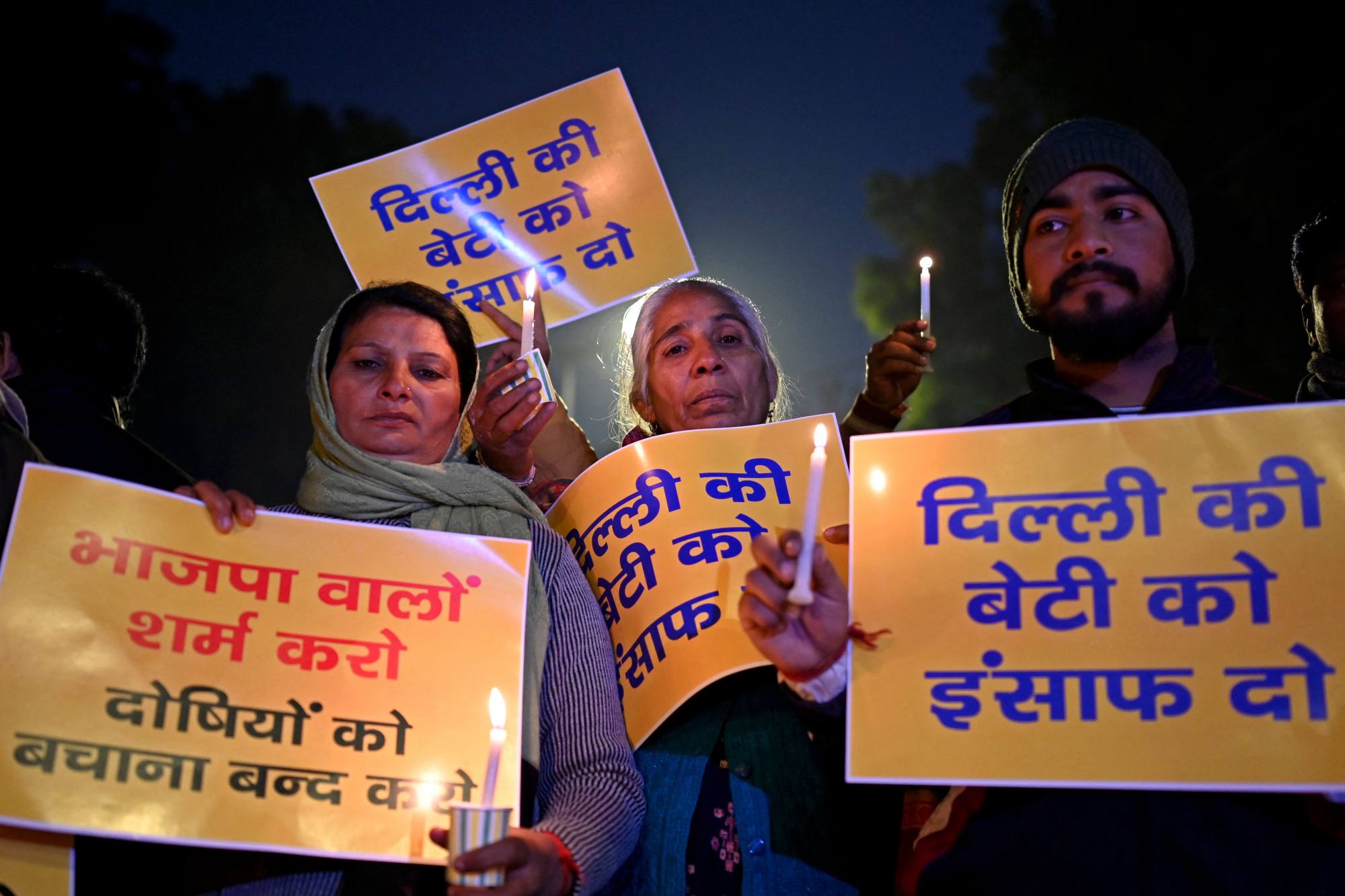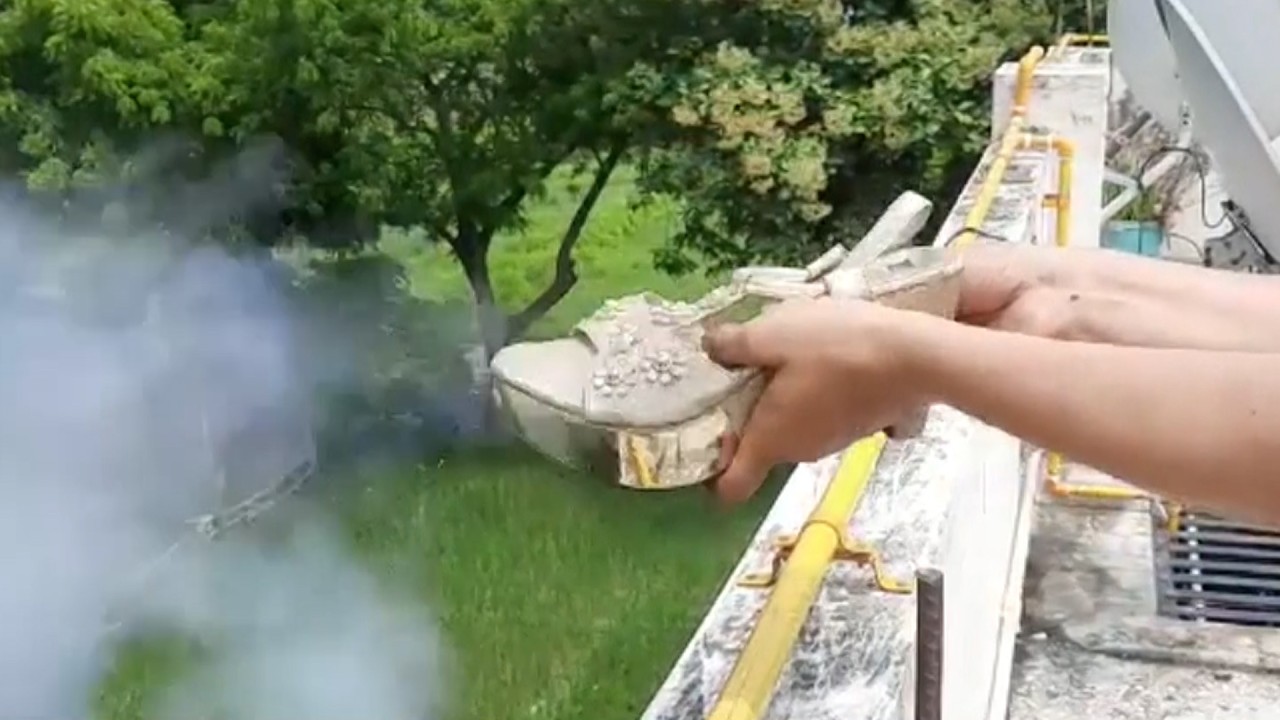
Anjali Singh: grisly hit-and-run death reignites debate on women’s safety in India
- Anjali Singh was dragged along a New Delhi road for about 12km by a car that hit her scooter on New Year’s Eve
- Activists say little has been done to improve women’s safety in India, or the ‘culture of violence against women’
The victim, Anjali Singh, and her friend Nidhi had been travelling along a dimly lit and deserted road after attending an event when their scooter was hit by a car.
Anjali’s leg became caught and her body was trapped beneath the vehicle. Despite her screams, the car’s occupants continued driving and dragged the 20-year-old’s body along for about 12km, after which they left her on the road and drove off.
“My niece was innocently going about her business. She was the family breadwinner and was attending an event she had organised. We keep saying girls should be educated and work, but what’s the point if they aren’t even safe outside the home?” asked Prem Kumar, the young woman’s uncle.
Women’s safety in India under scrutiny after men harass South Korean YouTuber
Anjali’s death triggered angry protests outside the local police station in Sultanpuri in west Delhi where she lived. Her family and neighbours have been demanding answers, asking why police were not patrolling the area and why they took two hours to respond to emergency calls from eyewitnesses.
Police initially said the five men who had been arrested claimed they were playing loud music and did not hear her screams, but this contrasted with Nidhi’s statement to police that the men had known Anjali was trapped underneath the car.
Nidhi, who escaped with minor injuries, fled home without alerting the police, saying she was scared. A witness who saw the body under the car repeatedly called the police emergency number, but authorities only turned up two hours later.
An autopsy revealed the gruesome nature of Anjali’s last moments – her skin had been torn off, her ribs were exposed and there was “some brain matter missing”.
The tragedy was another blow for the family, still reeling from the death of Anjali’s father three years ago. Anjali had dropped out of school to find a job in order to support her mother, who has kidney problems, and her two younger brothers who were still studying. Life was hard, but “she was so strong and optimistic, she wasn’t afraid”, her uncle Kumar said.
The scooter was a gift Anjali had bought for herself so she could get around more easily for work, he added.

Since Jyoti’s death, her mother Asha Devi has campaigned for women’s safety. Anjali’s death, however, brought home how little has changed over the past 10 years.
“After my daughter died, we were told there would be better street lighting and more police patrols to make women feel more secure on the streets but where are they? That stretch of road where Anjali died had no police van around and no check post for 12km. And this was New Year’s Eve,” Devi said, pointing out that Indian police were usually out in force on that night to prevent crowd trouble.
“Delhi police manage to keep politicians and VIPs safe but not women. In many parts of Delhi there aren’t even any CCTV cameras,” Devi said.
With few resources available for keeping women safe, some like Anjali’s neighbour Balwinder Arora have taken it upon themselves to remain at home after dark.
“The roads around here are scary and dark. When the shops shut and it all goes quiet, I wouldn’t risk going out myself,” the college student said.

Young women in India are eager to explore the world, gain independence and have a social life, but merely stepping out of the house can put their lives at risk, Kumar said.
Women account for just 25 per cent of India’s labour force, among the lowest in emerging economies. Analysts say women prefer to find jobs near their homes for safety reasons and if they cannot, they often choose not to work.
“It’s not just street lighting but the whole culture of violence against women, of impunity for the men, that has to change,” said Ranjana Kumari, head of Centre for Social Research, a Delhi-based advocacy group for women.
Kumari said policing remained problematic, and women were often blamed for being out at night, consuming alcohol or being dressed in a certain way. Cases were also handled insensitively, she added.
India trio arrested in Kerala for allegedly killing 2 women as human sacrifice
“Look at how the police released the comment made by Nidhi saying Anjali was drunk. This was victim-shaming. Why release that comment when the autopsy clearly showed no alcohol in the blood?” she asked.
Until women’s safety becomes a priority, Kumari believes not much will change. In 2013, the federal government set up a fund to improve women’s safety after the 2012 gang rape. About 70 per cent of the fund has gone to setting up “one-stop” help centres for victims of sexual violence, establishing fast-track courts to handle rape cases and buying forensic kits for sexual assault cases.
Little else has been done and a senior civil servant last month told MPs that the entire amount had not yet been spent.
“Ten years is a long, long time. Nothing has been achieved,” Devi said.


